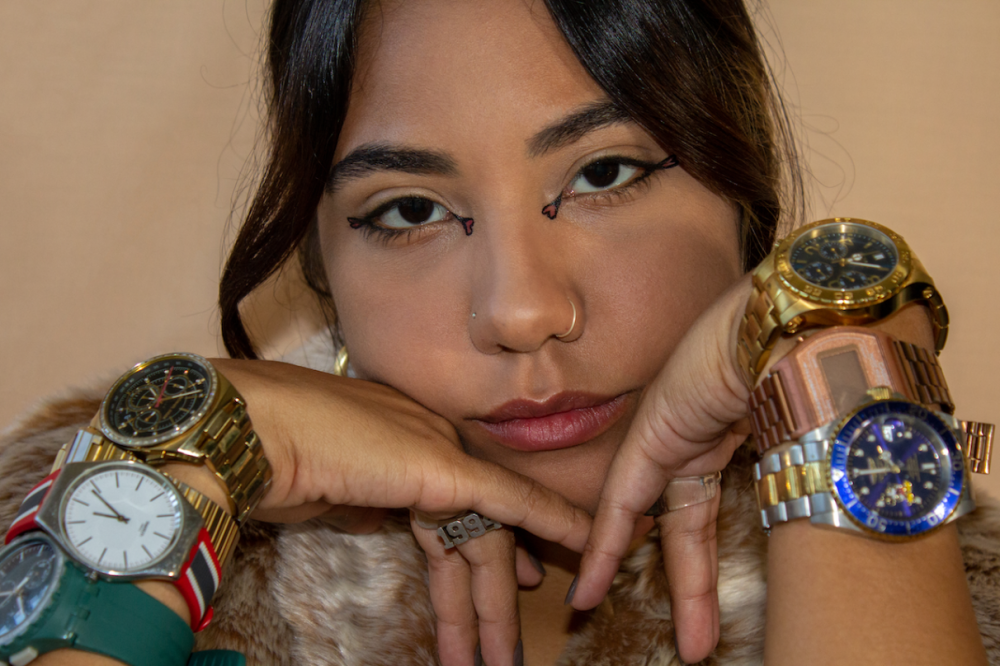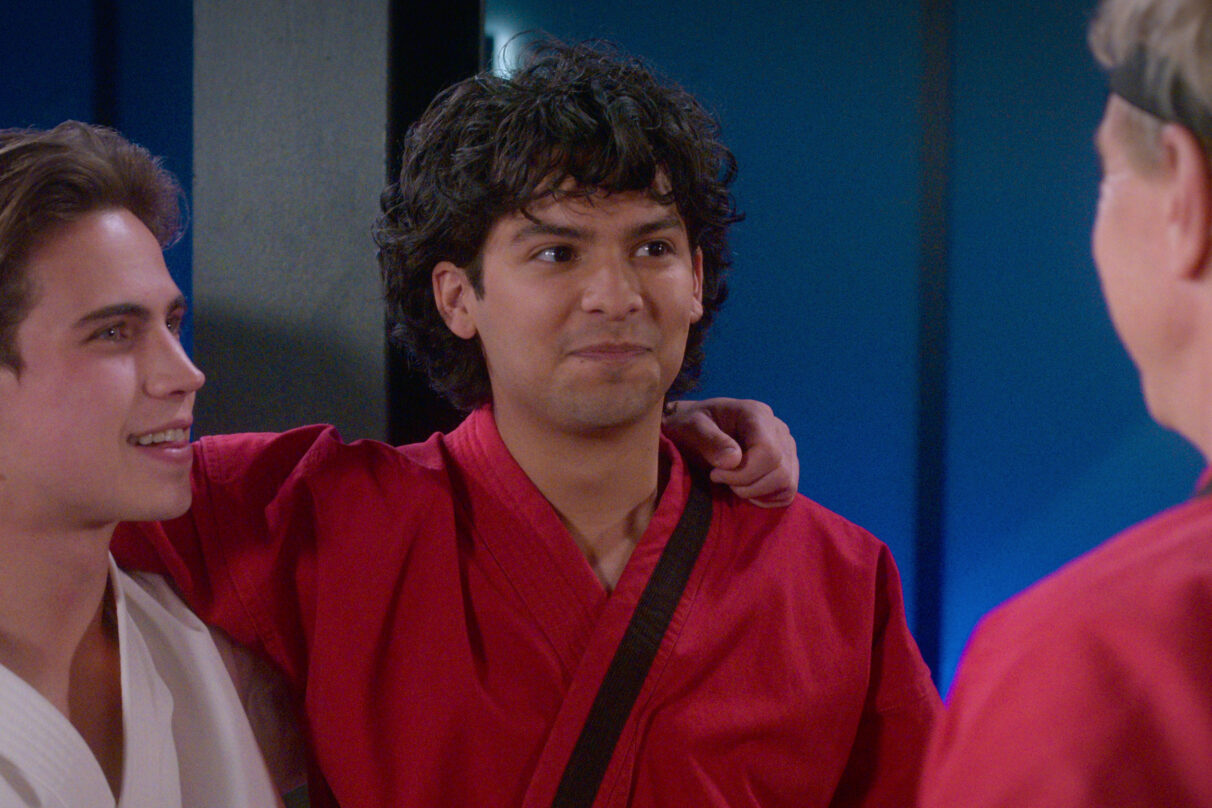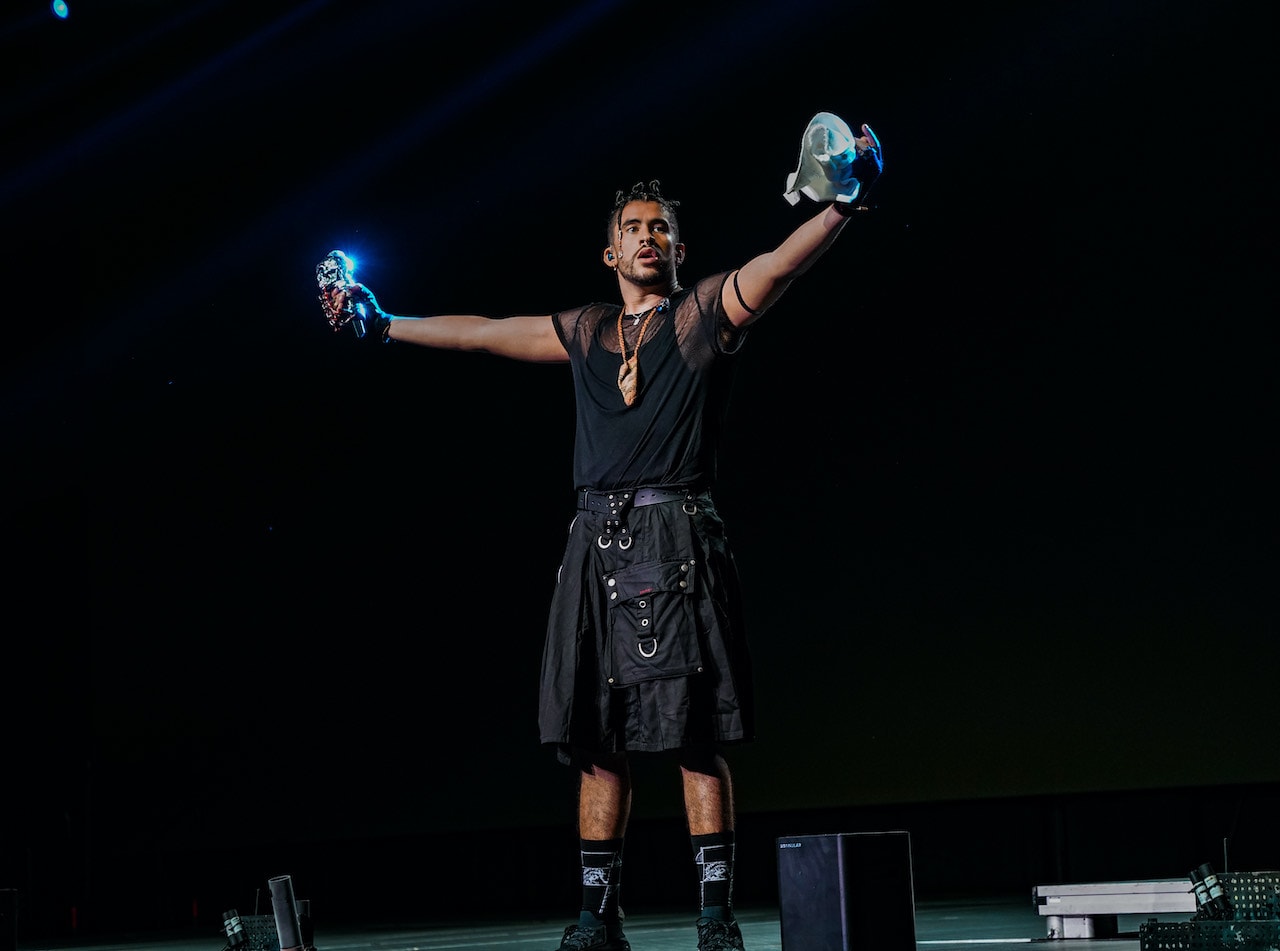

Meet RaiNao, the Singer Captivating Listeners With Her Alt-PerreoMeet RaiNao, the Singer Captivating Listeners With Her Alt-Perreo
The presence of female acts in reggaetón and its various offshoot genres has intermittently crested and abseiled over the past two decades, disappointing many who — quite rightfully — feel that a music scene so indebted to women as both fans and muses should do better to make space for them as artists as well. Even the handful of breakout singers of the 2000s were compromised by not divorcing themselves fully from the male gaze, especially on the occasions men ghostwrote their singles. The heady days of Ivy Queen and La Sista felt more and more relegated to the rearview mirror.
But over the past few years, a new flock of talented young women has made significant inroads into the scene, largely thanks to the same social and technological shifts that have enabled the widening avenues of exposure that introduced some of the genre’s current household names to the world. Standing out from the crowd and emerging as a serious contender for future stardom is Santurce’s own RaiNao, whose debut EP ahora A.K.A. Nao is out now.
Born and raised in the aforementioned San Juan neighborhood, RaiNao — real name Naomi Ramírez — has never known a moment of her life without music being present. Growing up, her father was a vocalist for many popular salsa bands, including that of the late Pete “El Conde” Rodríguez, and she took up the saxophone in 6th grade before enrolling in an acclaimed local music school. But before enthralling listeners with her alternative brand of Latine trap and perreo, she offers a scenario where singing wasn’t in the cards: “I never had many opportunities to sing at first,” she tells Remezcla. “I was shy about it, but I always knew I could do it because I’d listen to my dad and copy him. But I never explored it much, and decided instead to take up the saxophone and learn music theory, and left [singing] to the side.”
Years later while studying theater in college and after stints singing at church, she was recruited by fellow music school classmate Rafa Pabön to tour with him as his backup singer. What followed was four years of boot camp for both her vocal cords and shyness, both of which got a much-needed workout. “I was never an insecure person, but I was definitely very shy. And it’s something that I shed over time through my experiences touring with Rafa,” she says. Her trepidation even extended to hearing her own voice, which she confesses also took time to overcome. “At first I didn’t like singing because I hated hearing myself — I felt my voice was too ‘particular.’ But you practice a lot and then when you hear yourself [professionally recorded]… you think, ‘Wow, is that really me?’ It’s a whole process to find your singing voice and feel comfortable with it.”
In 2020, she began putting out her own music in earnest, starting with a soulful cover of Victor Manuelle’s “He Tratado” and then original trap/R&B tracks like “Celular”, “No”, and “Online.” By this point she’d begun to slowly come into her own, feeling more comfortable in her own skin, both literally and figuratively, and pushing herself more with her music and songwriting. After a hit with the jazz/trap/rock cornucopia that was “Me Fui,” the stage was set for her first official album. Rimas Music came calling and a distribution deal was set up with their SONAR label, which was founded last summer specifically to help elevate independent artists.
The first fruit of that union is ahora A.K.A. Nao, an eight-track EP featuring a collaboration with fellow rising star vixen Villano Antillano. Their collab, “Un Amarre,” will be one of two promotional singles alongside “Plug.” Both songs will come with accompanying music videos filmed over two nights in the Santurce area and form one interconnected storyline.
The songs mark a significant leap in production and sonic ingenuity for her, two elements that were already notable to begin with. “Plug” is a perreo chant that reverberates and booms in the way that makes car chassis tremble and packed shows roar, while “Un Amarre” is a lyrical Home Run Derby with RaiNao and Villano taking turns knocking bar after bar out of the park with machine-gun ferocity. Another previously released song from the album, “Gata Loca,” doubles as a house/perreo earworm with a mind-bending music video that recalls both the 1981 film Heavy Metal and the sci-fi graphic novels by Moebius.
Far from disengaging from the provocative and confident femme fatale at the forefront of her art, she stresses that there’s hardly any difference between herself and who we see as RaiNao. “I am RaiNao and I’m Naomi,” she says. “RaiNao isn’t a character I play. Music is my superpower, and I feel empowered when I’m on stage because of that, not because I’ve changed into a different persona.” It’s her goal, though, to channel and share the agency and high she gets from her music with those who don’t feel seen enough by what they hear on the radio or at the clubs. “What I really want most of all is for women to feel empowered by my songs — empowered by a reggaetón or a trap. That they can sing my songs and scream ‘fuck yes, finally, this song is for me,’” she adds.
“What I really want most of all is for women to feel empowered by my songs — empowered by a reggaetón or a trap. That they can sing my songs and scream ‘fuck yes, finally, this song is for me.”
RaiNao is acutely aware of the history of female representation in the music world she currently inhabits and acknowledges there are some who are bound to project a sense of social or feminist responsibility onto her — one that male artists are seldom, if ever, tasked with. “Women were a minority in the industry for a long time, and not because we wanted to be. The truth of the matter is that sexism kept us out of a lot of institutions, even when women were accomplishing things before men did. […] We’re always going to remember that, and that’s going to be reflected in our attitude,” she recognizes. At the same time, she insists equity must allow for female artists to also simply be. “I don’t feel like I’m shouldering responsibility per se. I’m doing the art I want the way I want to do it, just like any male artist would say they are.”
As for what comes next after ahora A.K.A. Nao, her answer underlines a common thread that hints at an overarching philosophy and state of mind that seems to have so far worked out pretty well in her favor. “I don’t really worry about the future,” she says confidently. “I can’t change the past — no one can, so fuck that. And, obviously, people make plans for the future, but I very much enjoy the present and what’s happening in the immediate.”
For someone who has demonstrated an appreciation for processes and the growth that comes with time and patience, RaiNao knows that how much you respect what came before and how well your next steps go depends entirely on what you do with the moment at hand. “There’s never a right time, just…” She flashes a sly grin. “Right now.”
Listen to ahora A.K.A. Nao below.



